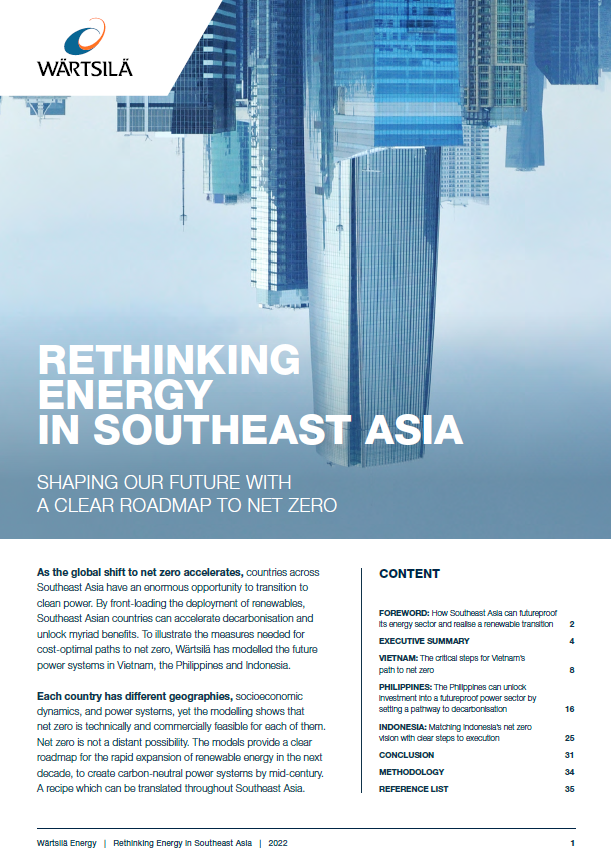

Vietnam’s pathway to net zero emissions
Vietnam, as the country with the fastest growing power demand in Southeast Asia, is at a crossroad in its decarbonisation journey. In order to realise net zero in the coming decades, it's clear that renewable energy should replace fossil fuels as the main source of energy. Actions taken now will determine the long-term path to net zero, and the key question for leaders is whether they will take the opportunity to proactively shape the new market dynamics of the energy transition or be shaped by it.
Our report outlines the steps Vietnam needs to take to match its vision with execution, enabling the country to leapfrog to a future-proof power system.
For more regional insights, visit Rethinking Energy in Southeast Asia.
In a net zero scenario by 2050, Vietnam can
![]()
Increase its power system capacity by 63% without significant added overall system costs.
![]()
Meet increased power demand and still have excess electricity to produce 52 TWh of green hydrogen.
![]()
Decarbonise other key sectors and create a supply chain of carbon neutral fuel for Asia and global markets.
Decarbonisation is a multi-year process, demanding stringent planning, but Vietnam’s aim to become a net zero economy is viable if the power sector takes the necessary actions today and in the coming decade to deliver a net zero future by 2050.
Local press release
Vietnam can smoothly transition to net zero by 2050, slashing emissions and carbon tax cost burden by 20%, according to Wärtsilä
Wärtsilä Corporation, Local press release, 14 September 2022 at 09:00 UTC+2
Meet the team

Phạm Minh Thành
Business Development Manager, North & South East Asia, Wärtsilä Energy

Trí Nguyễn
Manager, Market Development, Wärtsilä Energy
